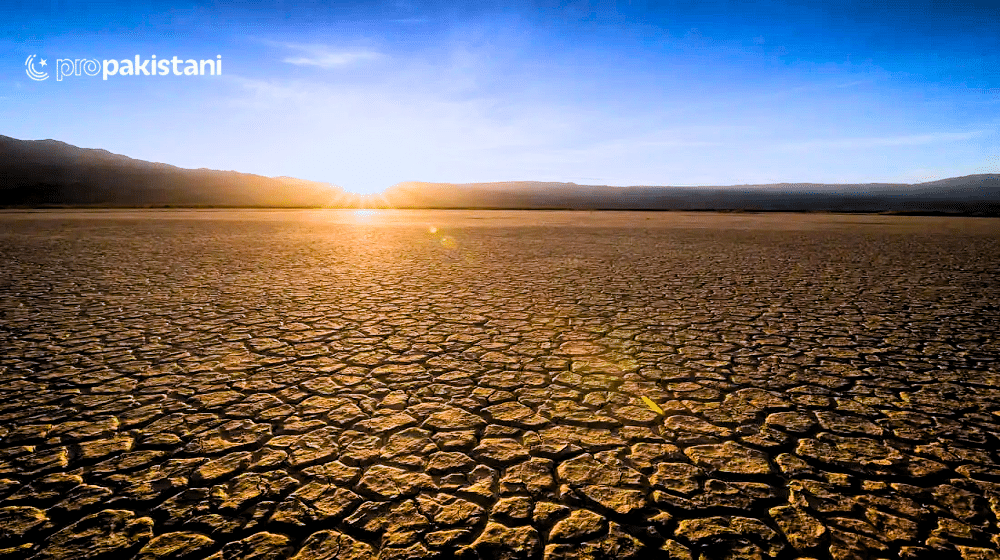Climate change is significantly altering global weather patterns, causing numerous disruptions and extreme weather events. A new interactive map by the University of Maryland has revealed how these changes are already transforming our planet, with effects expected to intensify due to the ongoing emission of greenhouse gases.
The map, titled ‘Future Urban Climates,’ was created by the university’s spatial ecologist Matthew Fitzpatrick. Using advanced modeling for thousands of cities, towns, and suburbs across the globe, the map illustrates what these locations will experience in 60 years.
“In 50 years, northern hemisphere cities will have climates more akin to those currently found further south. Everything is shifting toward the equator in terms of the climate you can expect,” said Fitzpatrick.
The map features data for over 40,000 locations worldwide and presents a sobering scenario for the year 2080. For instance, Lahore’s 2080 summer is projected to be 4.7 degrees Celsius warmer and 21.2% wetter. Winter temperatures could rise by 5.2 degrees Celsius, with a 16.1% increase in precipitation.
In Karachi, summers are predicted to be 3.3 degrees Celsius warmer and 18.2% drier, while winters will be 5 degrees Celsius warmer with a slight 0.4% increase in rainfall. Recent intense heatwaves in Karachi hint at the city’s future climate challenges.
Peshawar is expected to see summers 5.8 degrees Celsius warmer and 4.5% drier by 2080. Winters could be 5.5 degrees Celsius warmer and 9.2% wetter. Current conditions in Peshawar’s future climate are similar to present-day Sibbi.
For Islamabad, summers are projected to be 5.1 degrees Celsius warmer and 4% drier, while winters will be 5.4 degrees Celsius warmer and 11.3% wetter. Future conditions in Islamabad can be compared to today’s Mirpur in Azad Kashmir.
In Quetta, summers might be 5.5 degrees Celsius warmer and 10.3% wetter, while winters could be 5.5 degrees Celsius warmer and 2.1% drier. Current weather conditions in Jalalabad, Afghanistan, resemble Quetta’s future climate.
Summers in Bahawalpur are expected to be 4.9 degrees Celsius warmer and 17.3% wetter by 2080. Winters might see a temperature rise of 5.7 degrees Celsius and 7.1% more precipitation. Areas experiencing similar conditions today reflect Bahawalpur’s future climate.
For Faisalabad, summers are anticipated to be 5.6 degrees Celsius warmer and 22.1% wetter by 2080. Winters will likely be 5.6 degrees Celsius warmer and 15% wetter. Future conditions in Faisalabad can be compared to present-day Chowki Jamali, Balochistan.

Internationally, New York is projected to have a climate resembling northern Mississippi’s current conditions. Washington DC is expected to feel like today’s North Louisiana, with a potential temperature increase of 6 degrees Celsius.



